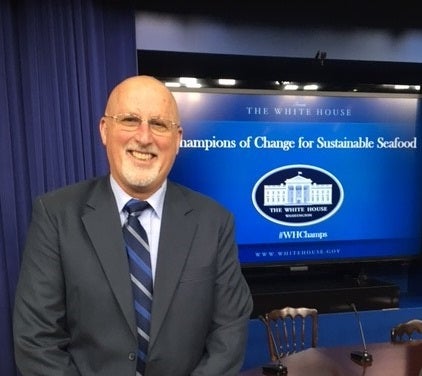 On October 7, in a first-of-its-kind event honoring Champions of Change for Sustainable Seafood, our friend Brad Pettinger was honored for helping to turn around a fishery that was declared a federal disaster in 2000. Brad serves as director of the Oregon Trawl Commission and was a driving force behind the Marine Stewardship Council’s (MSC) landmark 2014 certification of the West Coast groundfish trawl fishery as well managed and sustainable.
On October 7, in a first-of-its-kind event honoring Champions of Change for Sustainable Seafood, our friend Brad Pettinger was honored for helping to turn around a fishery that was declared a federal disaster in 2000. Brad serves as director of the Oregon Trawl Commission and was a driving force behind the Marine Stewardship Council’s (MSC) landmark 2014 certification of the West Coast groundfish trawl fishery as well managed and sustainable.
Brad’s recognition as a Champion of Change is an acknowledgement of the tough times that he and many other West Coast fishermen endured as their fishery failed and they struggled to bring it back. Brad often recalls when it hit rock bottom, and his wife suggested one day that maybe it was time to sell their boat. “Honey, I said to her, there’s nobody to sell the boat to!” remembers Brad. “You see, nobody wanted to buy the boats, because they couldn’t see a future for the fishery. It was a rough, rough time for everyone involved.”
From that point forward Brad put his shoulder to the wheel, attending every meeting of the Pacific Fishery Management Council for years, helping to hammer out the framework for a catch share fishery management program. That program – which launched in January of 2011 – allocated specific annual quota amounts to trawl fisherman based on their catch history, eliminated the “race for fish” culture of the groundfish fleet, dramatically reduced bycatch, and ushered in a new era of accountability and cooperation among fishermen and regulators. Read More










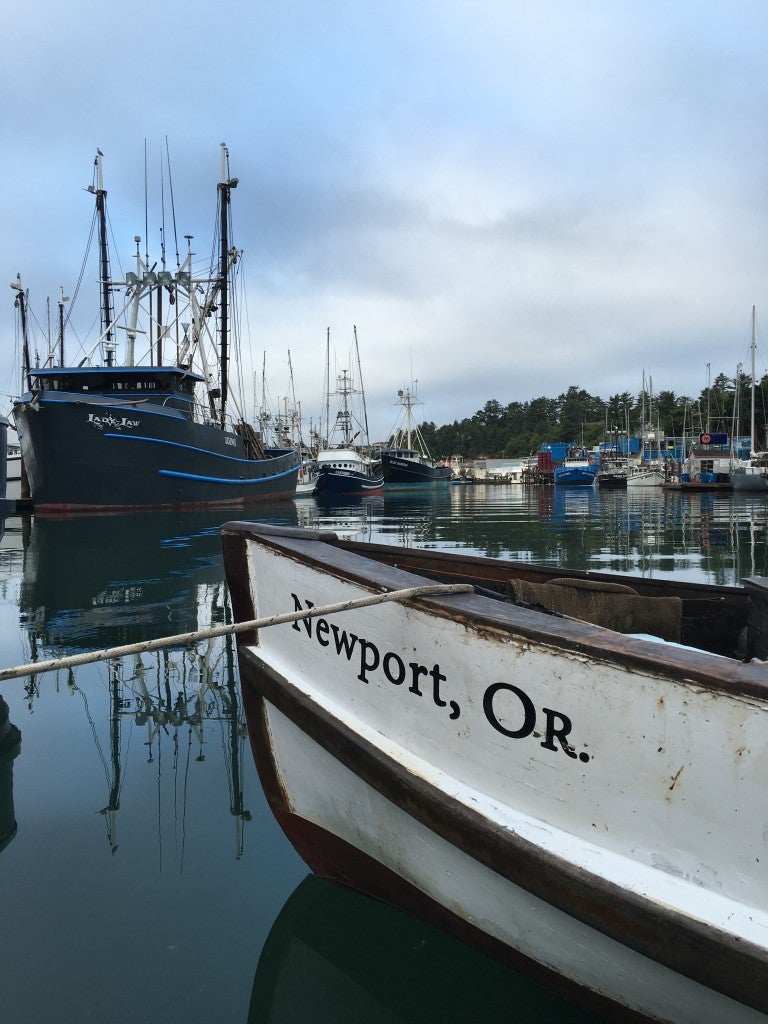
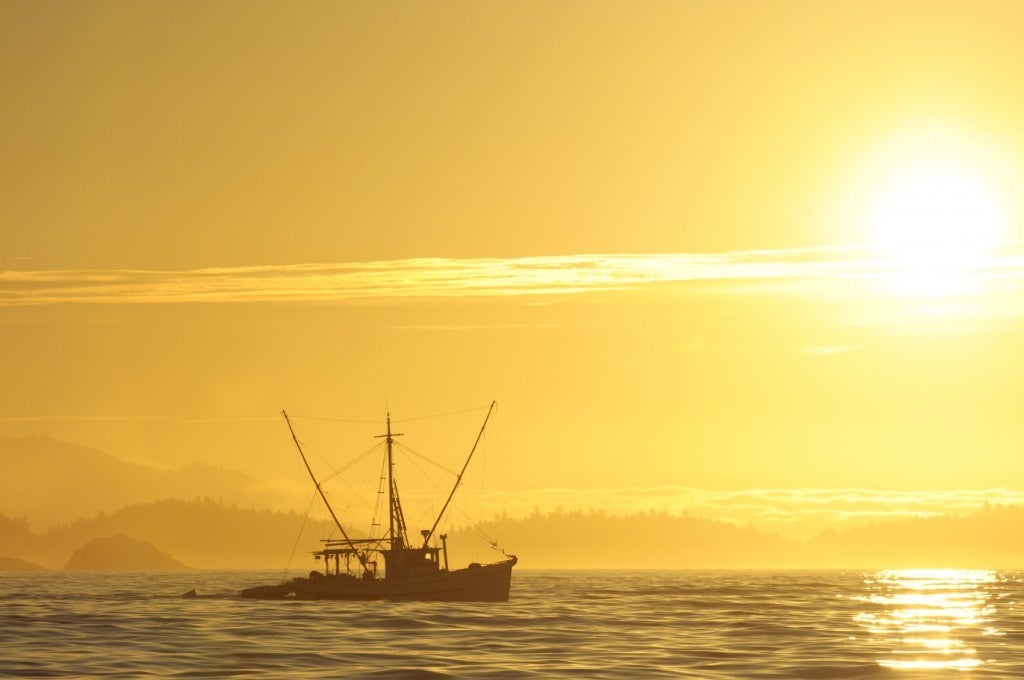
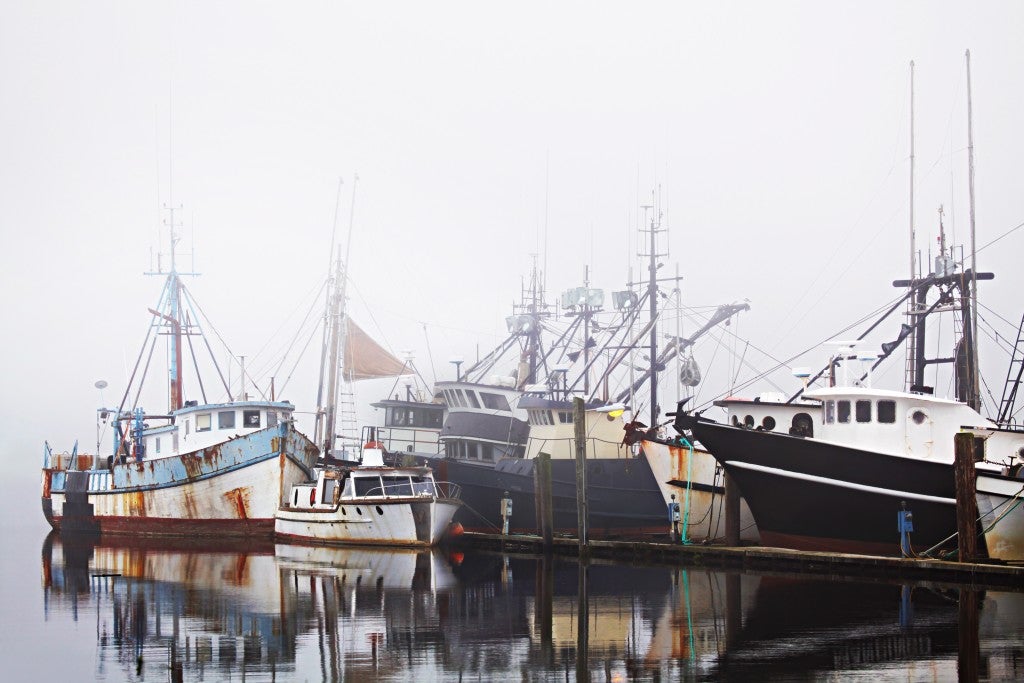 Potential is for higher catches and increased profitability per trip
Potential is for higher catches and increased profitability per trip
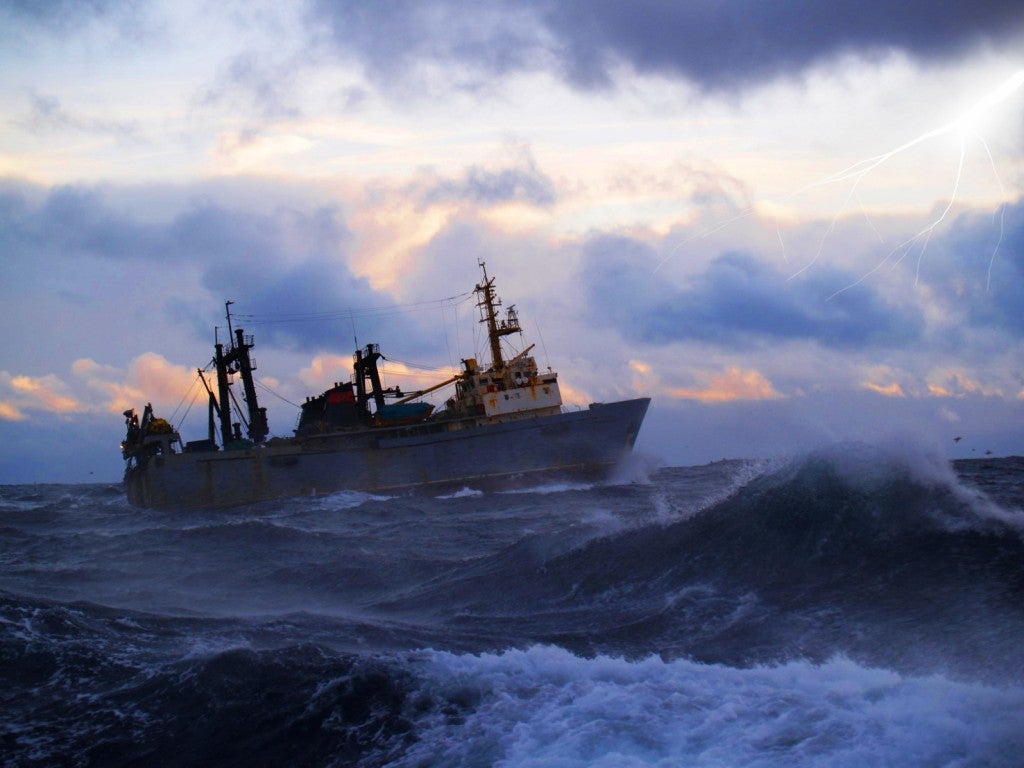 NPR’s Planet Money
NPR’s Planet Money